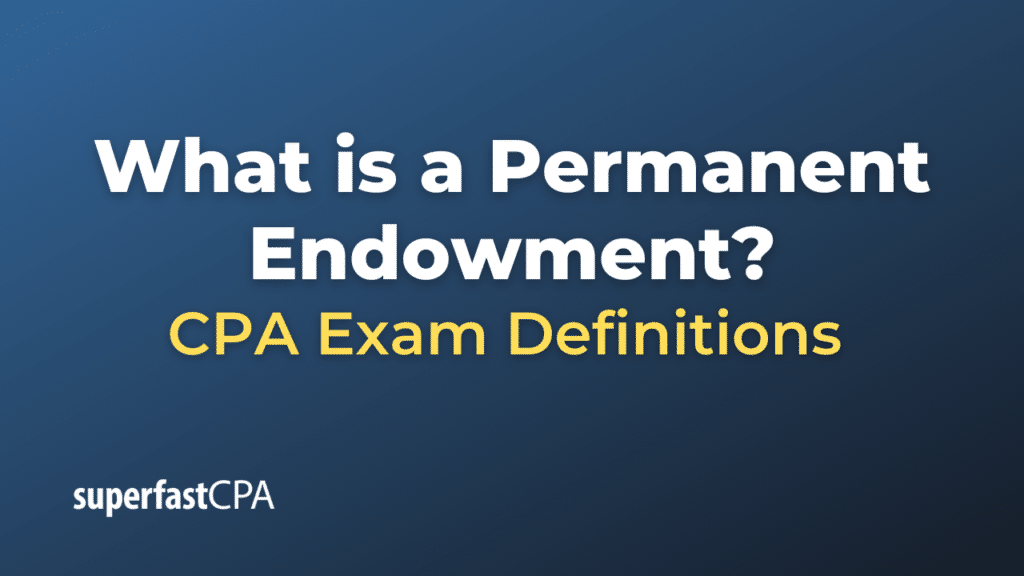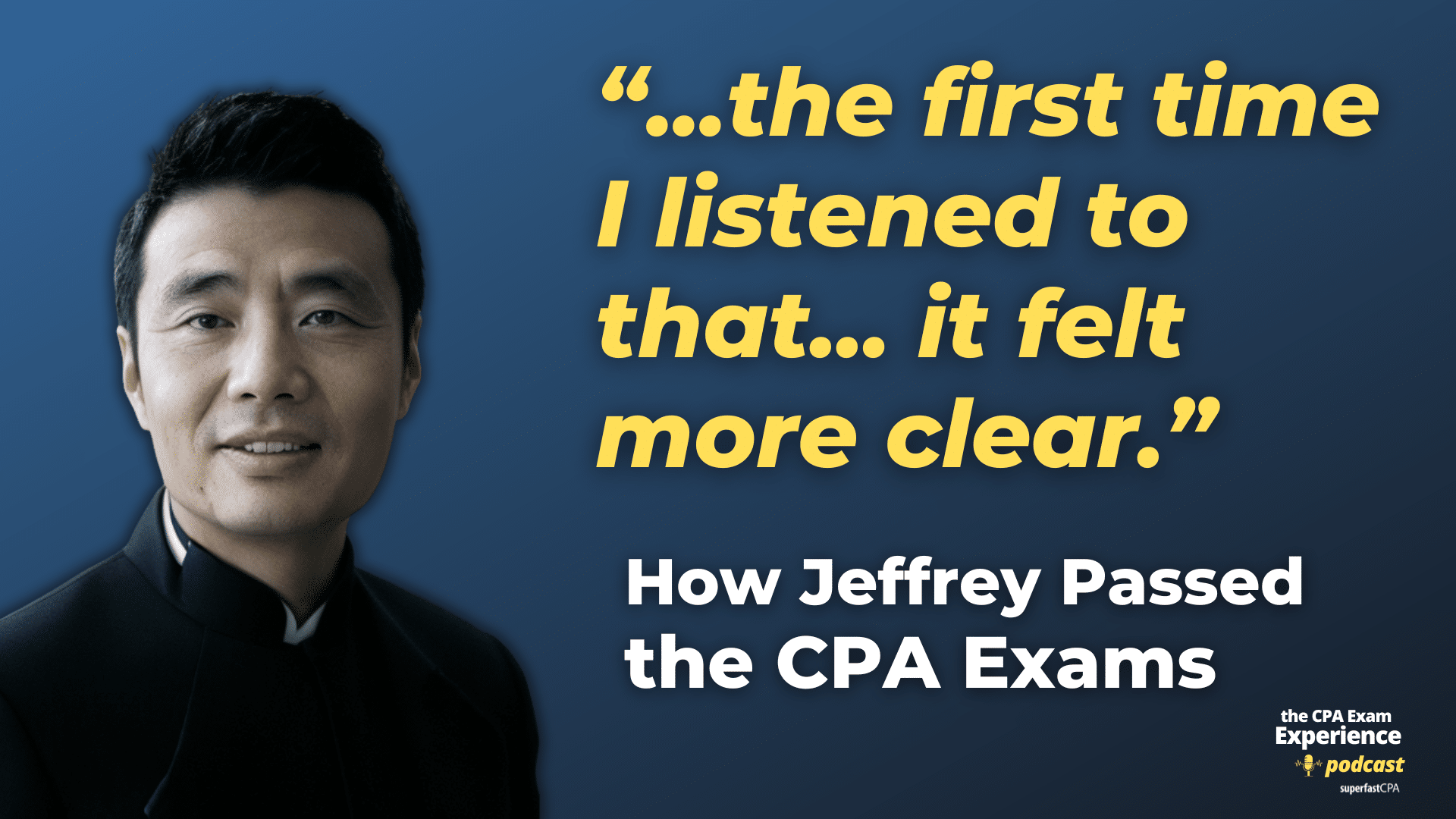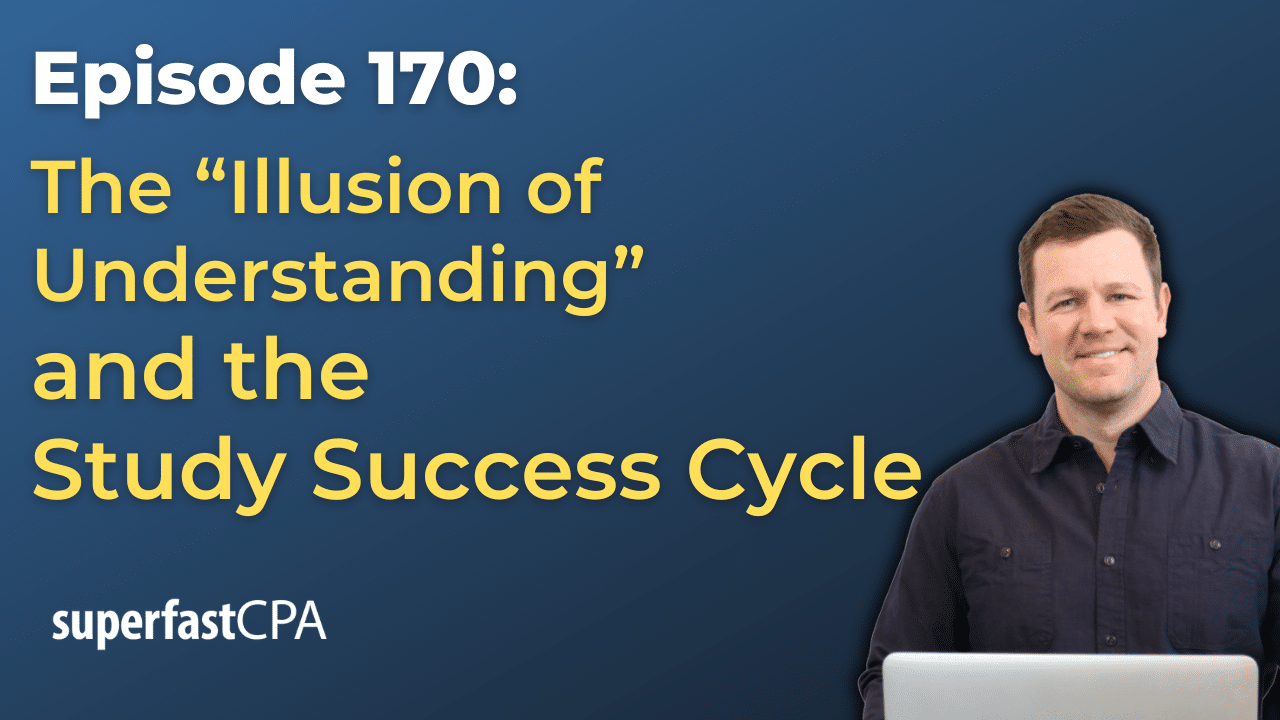Permanent Endowment
A permanent endowment is a donation of money or property to a non-profit organization for which the principal amount is to be kept intact and invested to create a source of income for the organization. The organization can use the generated income (interest, dividends, etc.) to support its activities, but it cannot spend the principal or corpus of the endowment.
Endowments typically come with restrictions set by the donor regarding how the income generated from the endowment can be used. For example, a donor might specify that the income from an endowment can only be used for scholarships, or for maintaining a specific facility, or for supporting a specific program or department.
Universities, hospitals, and cultural institutions like museums and libraries often have significant endowments. The largest endowment in the world, as of my knowledge cutoff in September 2021, belongs to Harvard University.
For example, a benefactor might donate $1 million to a university as a permanent endowment to support its biology department. The university would invest this money and might generate $50,000 per year in investment income. This $50,000 could be used to support the biology department’s activities, while the original $1 million donation remains invested to continue generating income year after year.
Example of a Permanent Endowment
Let’s imagine a scenario involving a museum:
The “XYZ Museum of Art” receives a donation of $5 million from a philanthropist. The philanthropist specifies that this donation is a permanent endowment, which means the principal amount of the donation must be preserved and only the income generated from investing this money can be spent by the museum.
The museum invests the $5 million in a diverse portfolio of assets. Over the course of the year, this portfolio generates $200,000 in investment income, which represents a 4% return on the initial endowment.
As per the rules of the permanent endowment, the museum is not allowed to touch the original $5 million. However, it can use the $200,000 in investment income to support its activities. The philanthropist may have set some restrictions on the use of this income. For instance, they may have specified that the income should be used to fund educational programs for children, maintain art collections, or renovate museum facilities.
This way, the original endowment of $5 million remains untouched and continues to generate income for the museum every year, thereby providing a long-term, sustainable source of funding for the institution’s activities. The donor, in return, receives the satisfaction of knowing that their donation will continue to support the museum for many years to come.













